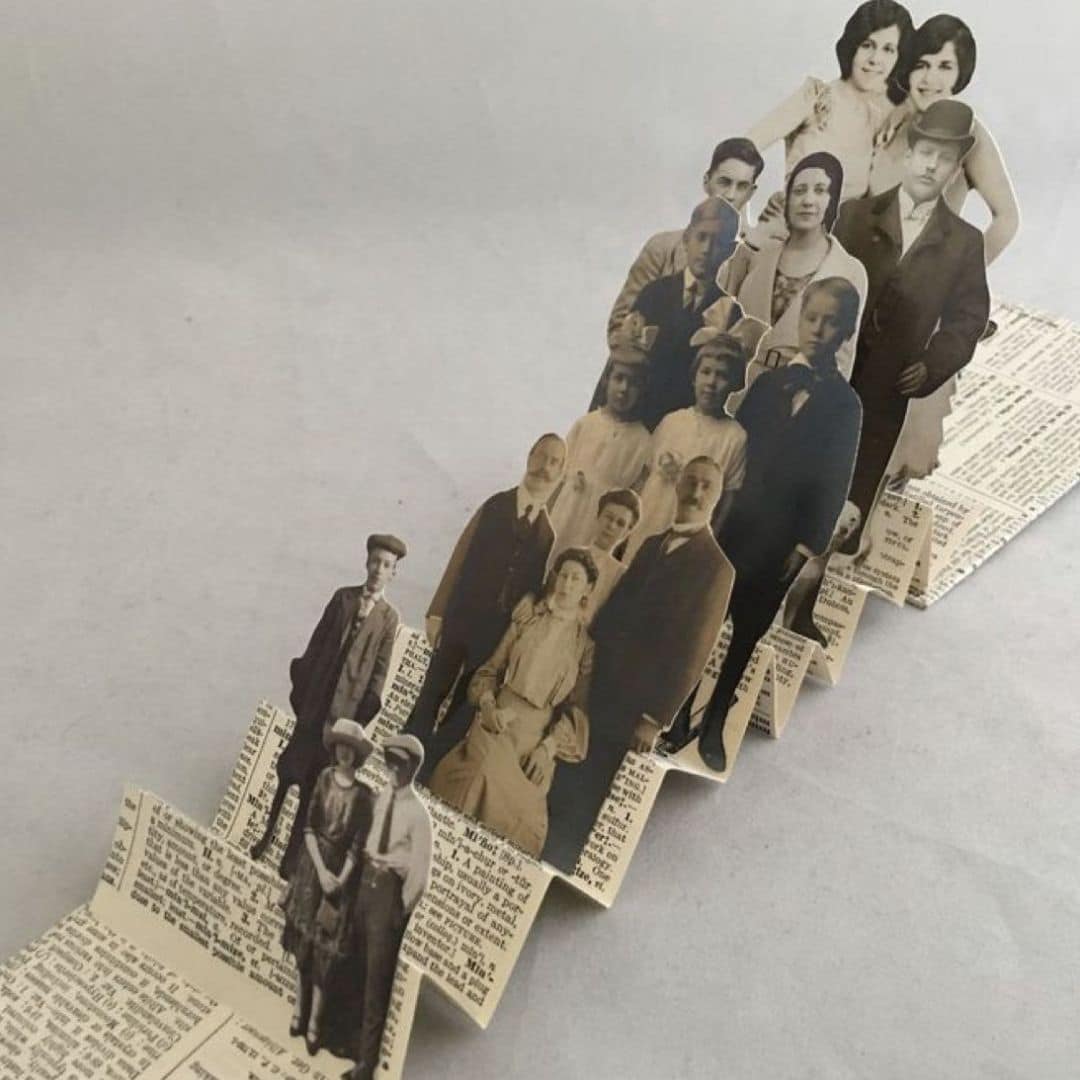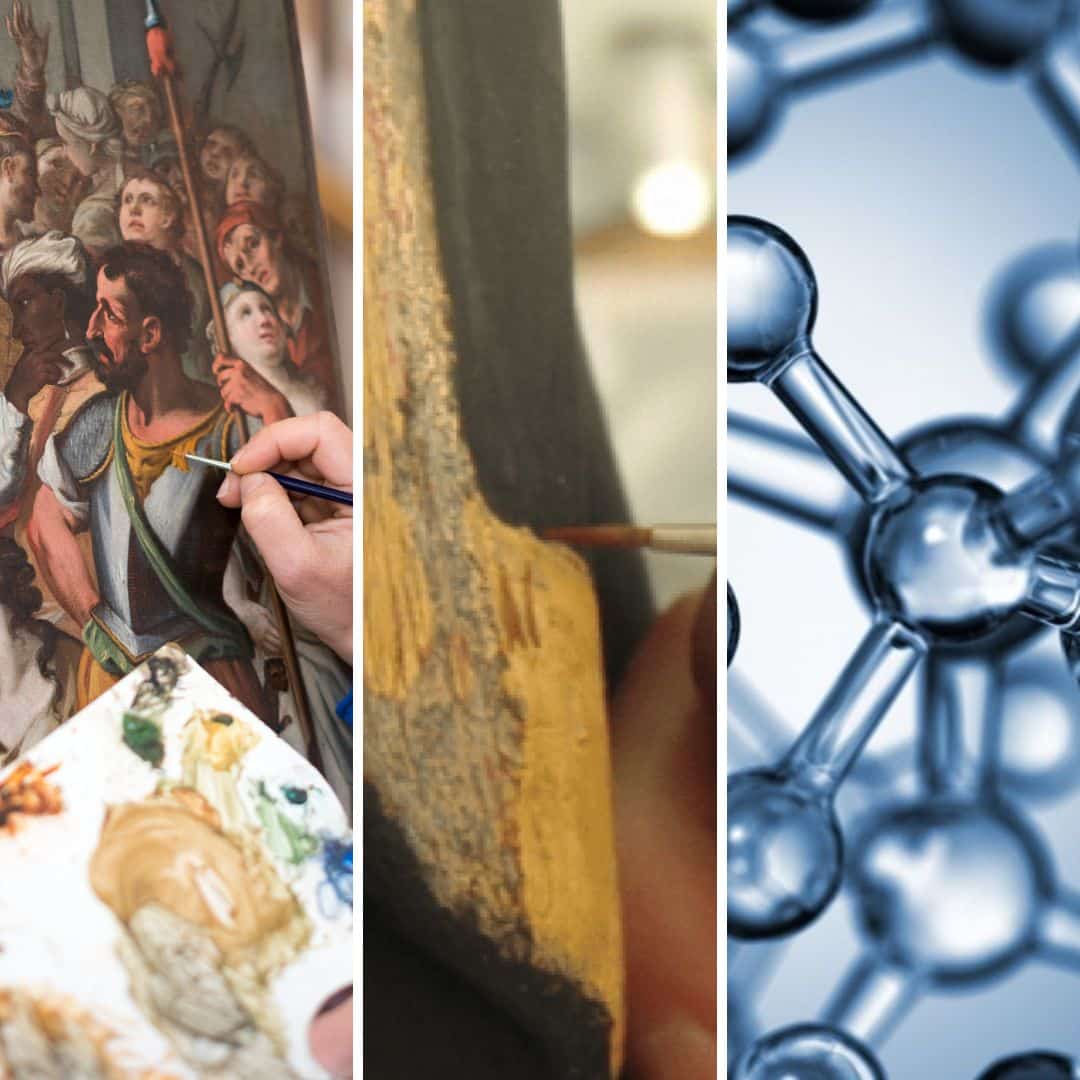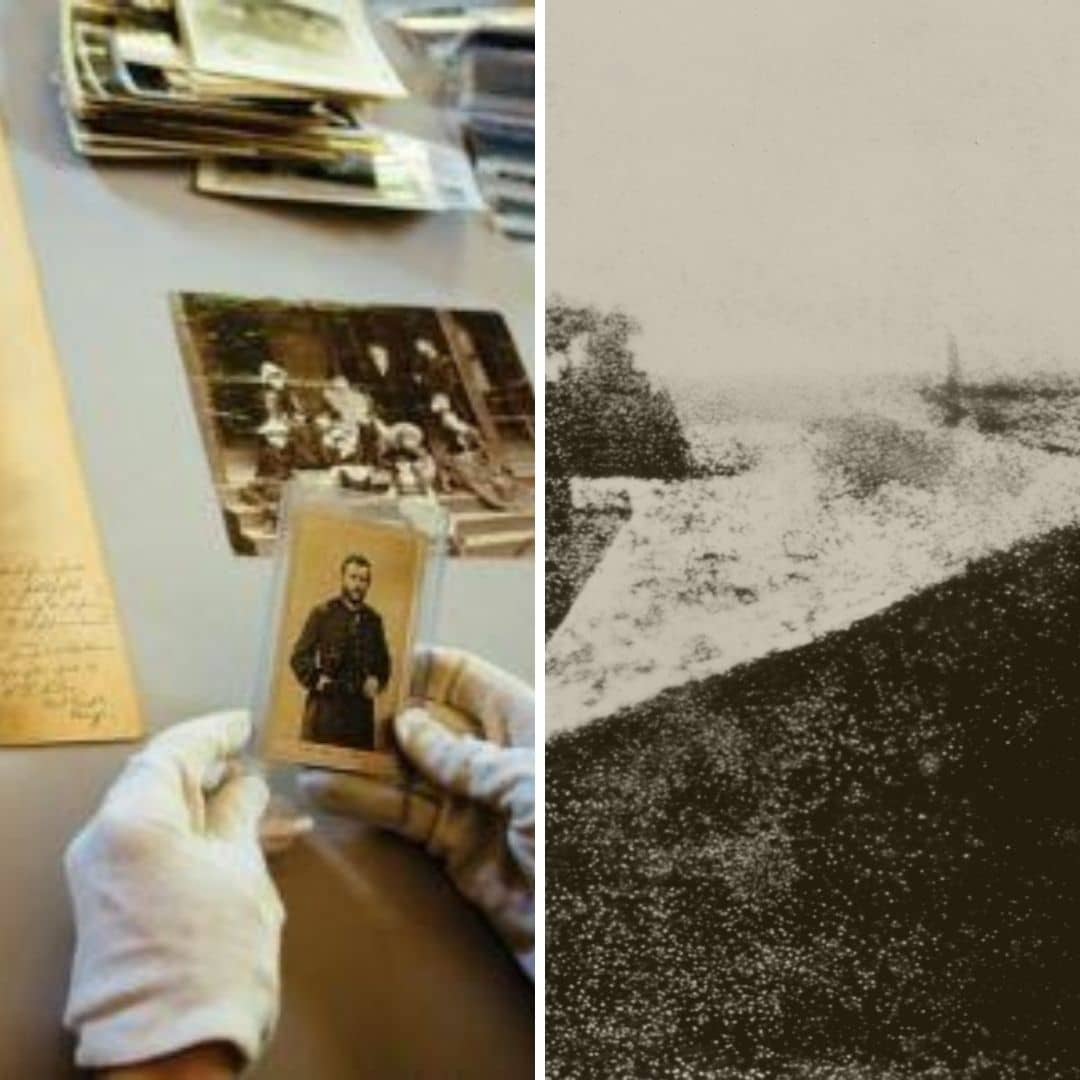Learn about the culture, beliefs and daily life of two of the ancient civilizations that most fascinate us: Ancient Egypt and Rome .
Explore the traditions, religious beliefs, art, society, and everyday life of Ancient Egypt and Rome through rich content, lessons, and engaging visual resources.
At the end of each course, you’ll receive your certificate of completion.
In addition to the best known aspects of these 2 ancient civilizations we will get to know how they lived their daily lives, their beliefs and the particularities of life of the ancient Egypt and Rome .
Discover two of the most fascinating civilizations in history in one complete learning package.
Save 30% when you purchase both courses together
Language: English
Also available in Português. | Español
Egypt and Rome – Culture, Beliefs and Daily Life
General objectives of the two courses included in the Egypt and Rome package – Culture, Beliefs and Daily Life
Course 1 – Culture, Beliefs and Daily Life in Ancient Rome
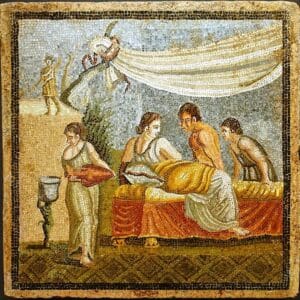
At the end of this online course, participants will learn about life in Ancient Rome – its culture, beliefs, architecture, personalities, what people ate, how they dressed and how society functioned. What life was like for Romans from birth to death.
Course 2 – Culture, Beliefs and Art in Ancient Egypt
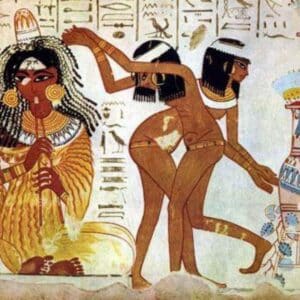
At the end of this online course, participants will learn about the most striking aspects of culture, beliefs and art in Ancient Egypt – what they believed in, how they lived, how they viewed life after death.
There will be an in-depth analysis of three great monuments representative of Egyptian civilisation.
Who should take this certificated online courses
These courses – Ancient Egypt and Rome – are intended for people who want to deepen or initiate their knowledge about Ancient Egypt and Rome – two of the greatest civilizations of antiquity .
It is particularly useful for teachers, students or professionals in cultural communication and cultural tourism.
However, it is perfectly suitable for anyone interested in the subjects.
There are no access requirements.
The courses fee (1 single payment) includes access 24 hours / day for unlimited time to:
- Lessons for each theme of the programs
- Tutorials
- Links to articles, videos and websites
- Assessment (1 final questionnaire per course)
- Certificate (1 certificate per course).
How it works
What you will learn in the 2-course bundle Ancient Egypt and Rome
Ancient Egypt
Unit 1 – Culture
1.1 The Awakening of Egyptian Culture.
1.2 The Importance of the Nile River.
1.3 The Importance of Art.
1.4 The Artisans.
1.5 What Happened to the Patrimony
1.6 How Egyptian Temples Were Saved
Unit 2 – Beliefs
2.1 Afterlife Beliefs and Mythology.
2.2 Egyptian Gods and Goddesses.
2.3 What Happens After the Pharaoh’s Death.
2.4 Mummification.
Unit 3 – Daily Life in Ancient Egypt
Unit 4 – Important Ancient Egyptian Personalities
4.1 The Monotheistic Pharaoh who Changed Egypt.
4.2 The Legend of Cleopatra.
Unit 5 – Important Steps in Egyptology
5.1 Tutankhamun’s Treasure.
5.2 The Decipherment of the Egyptian Hieroglyphics.
Unit 6 – Funerary Architecture
6.1 Developments in the Old Kingdom.
6.2 Developments in the New Kingdom.
6.3 Analysis of the Great Pyramid of Giza.
Unit 7 – Religious Architecture
7.1 Egyptian Temples.
7.2 The Priests.
7.3 The Decoration in Temples.
7.4 Analysis of the Temple of Amun
Unit 8 – Civil Architecture
Ancient Rome
Unit 1 – Culture, Leisure and Excesses
The Circus and the horse chariots races.
The Amphitheater and the combats.
The Baths.
The Banquets.
2 – Beliefs, Gods and Sacrifices
Graeco-Roman paganism.
The sacrifices.
The temples.
The gods (Jupiter, Juno, Neptune, Pluto, Minerva, Mars, Venus, Vulcan, Apollo, Diana, Mercury, Ceres, Bacchus…).
3 – Food and Fashion in Ancient Rome
The Clothing.
The Hairstyle.
The Food and the Wine.
4 – Personalities who marked life in Ancient Rome
Caesar Augustus.
Caligula.
Nero.
5 – Important Events in Archaeology
The discovery of the buried cities of Pompeii and Herculaneum.
6 – Roman homes
The Insullae.
The Villae.
7 – Roman Life
- The birth
- The adoption
- Adult age
- Sexuality
- The slaves
- The streets of Ancient Rome
- Homosexuality
- Health and magic
- The roman calendar.
Author

Diana Ferreira
Graduate in Art History from the Faculdade de Letras of the University of Porto and Master in Museology (Spain: Valladolid).
Worked in the Galleria Nazionale d’Arte Moderna di Roma and was part of the managing staff of the Uffizi Gallery, in Florence.
Studied and worked in Italy and Spain several times on scholarships. Trainer and head teacher for the subject on Art History in Porto, and Introduction to History of Art, Iconography and History of Architecture at the Academy of Art in Florence.
The book Guia dos Tesouros Arquitectónicos (Lisbon: Chiado Editores, 2014) was published in 2014, product of an in-depth investigation on the addressed topics.


